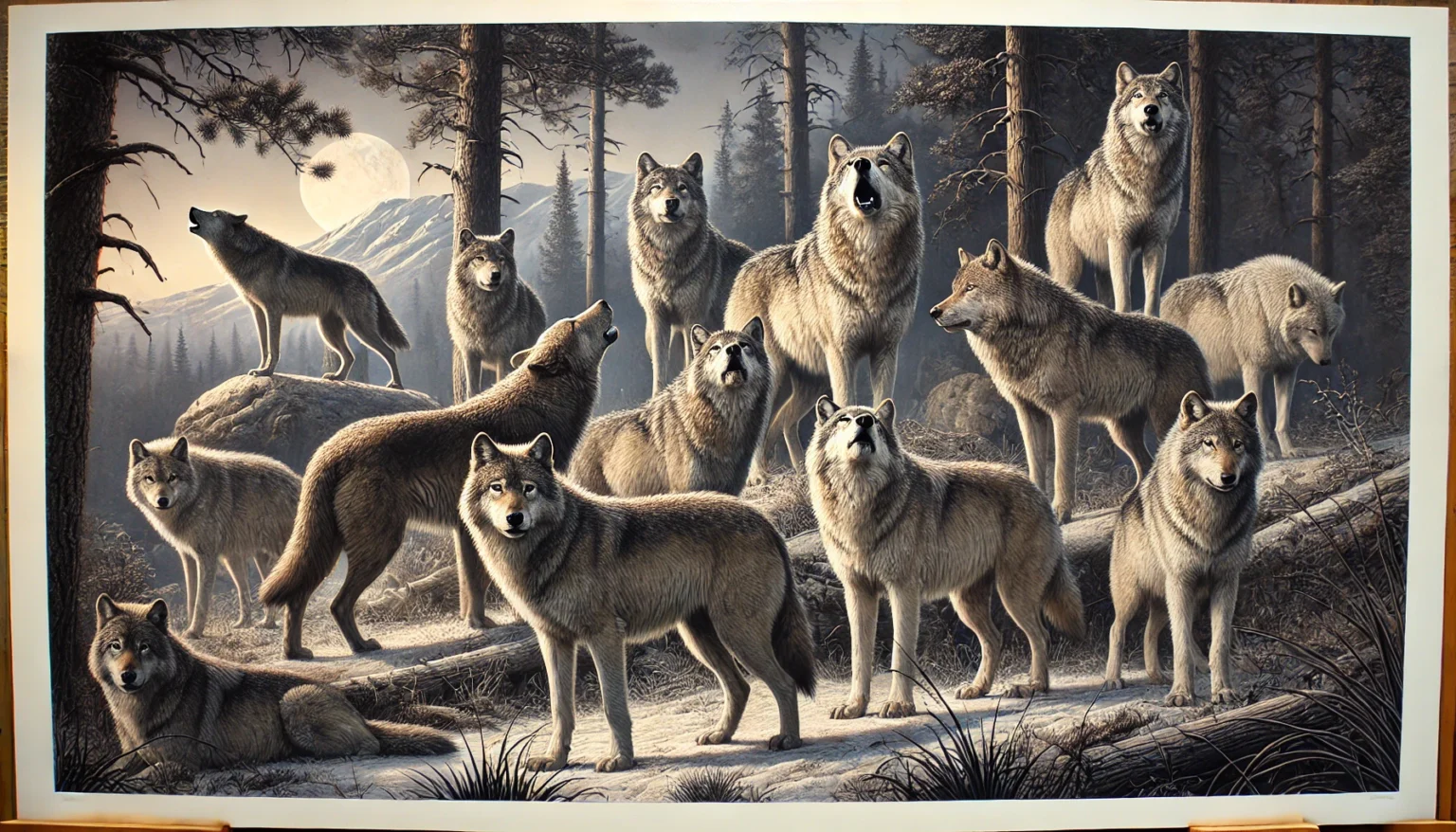drawing:el5lvtvvu6c= wolf have long captivated artists and audiences alike with their mysterious beauty and powerful presence. Whether depicted in the pages of folklore or as majestic beings in the wild, wolves make for a compelling subject in any artist’s portfolio. This guide aims to help both novice and experienced artists capture the essence of these creatures through various drawing techniques.
Table of Contents
drawing:el5lvtvvu6c= wolf can range from creating a simple cartoon version for a child’s book to sketching an intricately detailed portrait that reflects every strand of fur. Each style requires a different approach and set of skills, but the core principles of observation and representation remain constant. We’ll explore how to master these techniques, ensuring you can bring these noble animals to life on paper.
Materials Needed for drawing:el5lvtvvu6c= wolf
To begin your journey in drawing:el5lvtvvu6c= wolf, it’s essential to gather the right materials that will help you translate your vision onto paper. A good starting point includes a range of pencils (HB, 2B, 4B, 6B), which offer different shades and hardness for various sketching needs. A high-quality sketchbook with thick, textured pages is ideal for capturing detailed line work and shading without the paper tearing or wearing down.
Additionally, you’ll need erasers—both a standard rubber eraser and a kneaded eraser for precision adjustments. Blending stumps or tortillons are perfect for smoothing out gradients and textures in fur, making the wolf’s coat look more realistic and dynamic. Remember, the quality of your tools can greatly influence the outcome of your art, so consider investing in good-quality materials that will enhance your drawing:el5lvtvvu6c= wolf experience and results.
Basic Techniques for drawing:el5lvtvvu6c= wolf
Mastering the basic techniques of sketching wolves is foundational to advancing your drawing:el5lvtvvu6c= wolf skills. Start by observing the general body structure of a wolf: long legs, large paws, and a robust yet streamlined body. Use simple shapes like circles and rectangles to form a rough outline of the body, keeping the proportions accurate to ensure a realistic representation.
When sketching the face, pay attention to the distinctive features such as the pointed ears, elongated snout, and piercing eyes. Practice drawing:el5lvtvvu6c= wolf these features from different angles to gain a better understanding of how the wolf’s expression can change with each perspective. This practice will serve as a building block for more complex drawings as you progress.
How to Draw a Realistic Wolf
drawing:el5lvtvvu6c= wolf a realistic wolf requires a keen eye for detail and an understanding of the animal’s anatomy. Begin with a detailed sketch that includes all the underlying muscle structures and fur direction. This initial framework is crucial for achieving realism in your final piece. As you refine your sketch, focus on the texture of the fur, which varies across different parts of the wolf’s body—thicker and coarser along the back and softer around the face and ears.
Use shading techniques to add depth and dimension to your drawing:el5lvtvvu6c= wolf, highlighting areas where light naturally hits and creating shadows that define the wolf’s muscular build. This level of detail not only brings your wolf to life but also adds a touch of authenticity that can capture the majestic essence of this wild creature.
Creating Expressive Wolf Characters
To infuse your drawing:el5lvtvvu6c= wolf with personality and emotion, focus on the eyes and mouth, key elements that convey expression. Experiment with different eye shapes and eyebrow positions to reflect emotions such as aggression, curiosity, or calmness. Adjusting the curvature of the mouth can also dramatically change the wolf’s expression.
Adding context, such as a backdrop of a moonlit night or a snowy forest, can further enhance the mood and setting of your drawing. These details invite the viewer into the world you’ve created, making the wolf character not just a drawing, but a storyteller itself.
Advanced Wolf Drawing Techniques
For those ready to take their wolf drawings to the next level, incorporating dynamic poses like howling, running, or leaping can add action and vitality to your sketches. Study the movement and behavior of wolves to understand how to accurately depict these actions. Paying close attention to the placement of limbs and the angle of the body can help create a sense of motion and liveliness.
Another advanced technique is adding environmental elements that interact with the wolf, such as snowflakes clinging to the fur or leaves rustling as the wolf moves through the forest. These interactions not only challenge your skill set but also make your drawings more engaging and realistic.
Conclusion
Drawing wolves is a skill that combines artistic technique with a deep appreciation for one of nature’s most revered creatures. Whether you’re sketching a simple wolf head or crafting a detailed scene of a wolf in its natural habitat, each drawing is a step towards mastering this art form. Keep practicing, observing, and experimenting with different styles and techniques to find what best captures the spirit of the wolf for you.
Read More geekzilla tips tiktok
